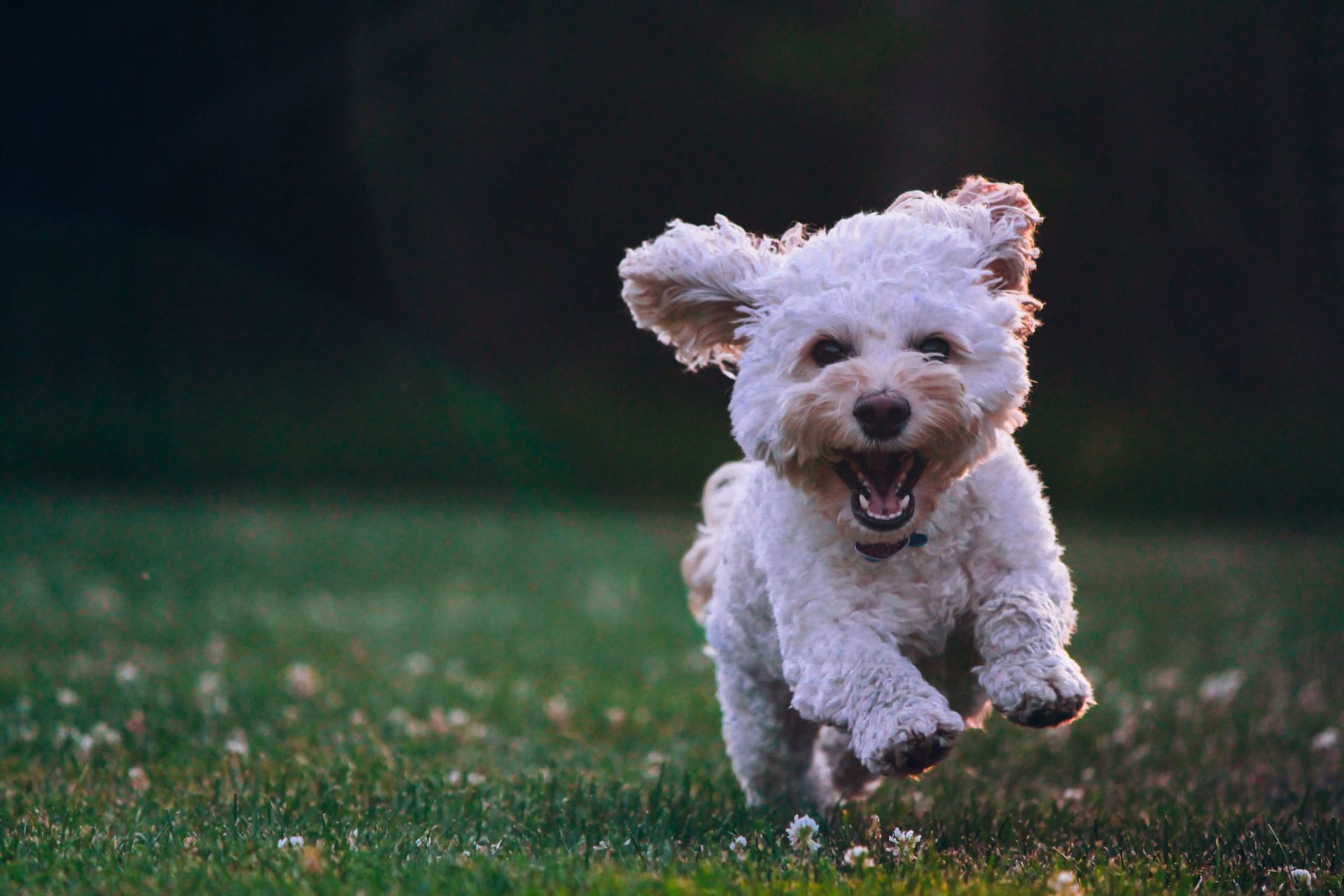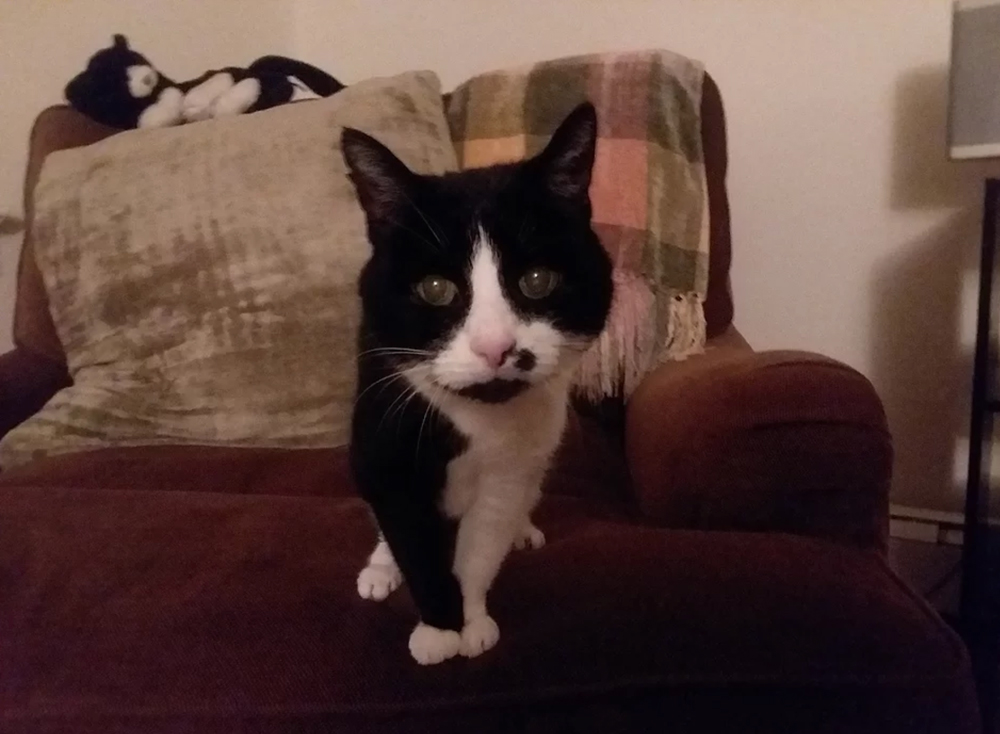Photo by Ricky Kharawala on Unsplash
This week’s story is courtesy of contributing writer, Bill Elberty.
Sammel shares his home with two cats. He insists that they leave the mice they catch outside before coming into the house. One of his cats tests that agreement on occasion.
On this particular day, the rebel cat came into the house with a live mouse. Sammel met him just as he entered, and rather than leaving with the mouse, rebel cat dropped it and ran off.
The terrified mouse ran right past Sammel and into his bedroom. In spite of Sammel’s best efforts to convince it to go outside, the mouse scooted behind a large standing closet with just enough room between the wall and wardrobe for the mouse to safely “escape.”
Sammel did what he could to convince the mouse that his only intention was to help it find freedom outside, and that he could not have the mouse stay where it was.
After two days, the mouse still had not left.
As a last resort, Sammel put two mousetraps on either side of the closet, blocking both exits. He resigned himself to the fact that the mouse would end its days in one or the other of the traps.
He was not happy with this solution, but he could think of no other.
That night, after putting cheese in the traps, Sammel went into a spiritual contemplation. He held the mouse in divine love as he sang a sacred word, HU, and drifted into sleep.
At some point, late in the night, Sammel woke with a start. He felt something on his chest moving lightly. He quickly reached to cover it with his hand, only to discover that the mouse was sleeping on his chest just above his heart.
He gently picked up the mouse and took it outside.
Sammel knew this was a miracle. The only way out from behind the closet was blocked by two big mousetraps, both of which were untouched and exactly where he had left them.
Somehow, the mouse had followed the call of Sammel’s heart without springing the traps.
The mouse found its freedom in Sammel’s heart. And together they discovered the freedom that only love knows.

